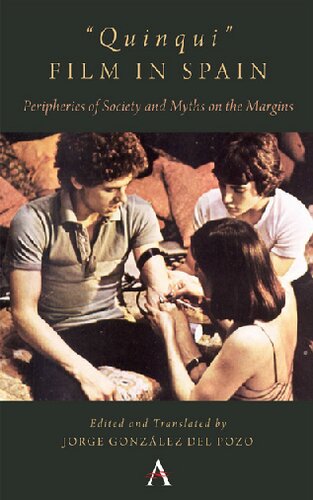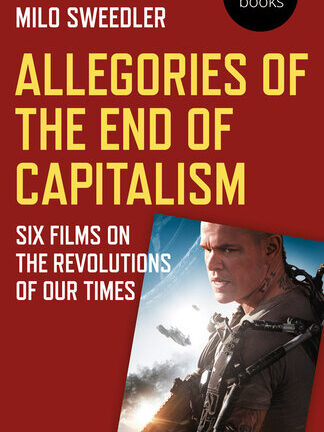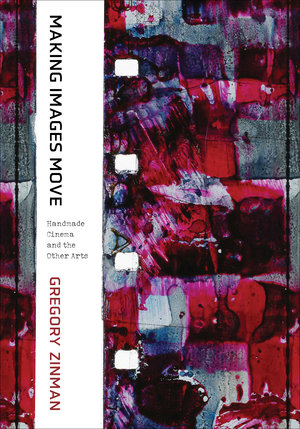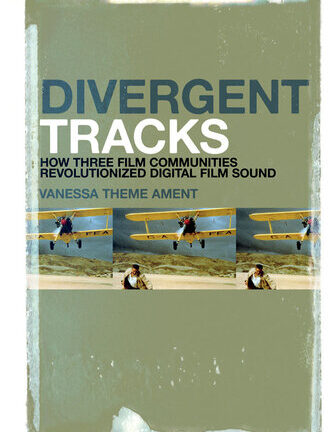Description
The recent interest in quinqui film and the uprooted people of the Transition who were relegated to the background or were forgotten has recovered throughout the twenty-first century. The dissemination of the subgenre, paraphernalia and fetishism that surrounds these films, as well as the social groups they represented, have had their maximum exponent in exhibitions around the time that they were displayed in Madrid and Barcelona. During the summer of 2010, specifically from May 25 to September 6, the exhibition “Quinquis de los 80. Cine, prensa y calle” took place at the CCCB (Center for Contemporary Culture of Barcelona). Echoing this interest and practically simultaneously (from July 9 to August 29), the cultural center La Casa Encendida of Madrid held an exhibition and numerous screenings of Quinqui movies from the 70s and 80s. Both exhibitions enjoyed a great reception and affluent visits, as well as publicity and repercussion in different media, highlighting the large number of press releases published and the multiple reports that were broadcast during the television news shows of the main networks in primetime. Recently, films made with retro aesthetics in remembrance of that era have been released on the big screen, as is the case of revisions such as 7 vírgenes by Alberto Rodríguez (2005), Volando voy by Miguel Albadalejo (2006) or El idioma imposible by Rodrigo Rodero (2010). This last film is based on the homonymous novel by Francisco Casavella that is part of his particular vision of the years of the Transition through the trilogy “El día del Watussi”. In turn, renowned authors integrated into the literary star system of large circulation have published texts that portray this era and these young delinquents, slum dwellers and outcasts that are somewhere between the extreme hedonism of the heroine, the constant escape on board a Seat miriafiori or a Bultaco and survival in the peripheral neighborhoods of post-Franco Spanish cities. Authors such as Javier Cercas, with his novel Las leyes de la frontera (2012), and tributes to this type of cinema now bring this genre to a large audience that always turned its back on Quinqui film and its actors, with a nostalgic look and definitely romanticized of this time to legitimize it and finally integrate it, even within marginality, into what the Transition meant for Spanish society as a critical historical moment, however idealized, from which one cannot separate reality from the most disadvantaged that these films capture.
These films already anticipated much of the failure of the Transition, which failed to accomplish all of the achievements that it promised and that eventually ended up becoming, to a certain extent, just noise. What later is referred to as “the desencanto”, term established by the homonymous documentary of Chávarri in 1976 on the figure of the poet Leopoldo Panero; already anticipated by these films, which, although they do not articulate it theoretically or analyze it explicitly, if they implicitly expose their navajero, chorizo, macarra and yonqui characters, who live with the immediacy and the harshness of an era that did not offer them solutions, in fact one ignores them and sinks them, even more so if possible, in their particular hell in the democratic city. This ethical-social positioning towards the environment of the films analyzed here moves away completely from the illusions and reveries of high culture, as well as from the false illusion of modernity that took place in Spain at the time. Consciously or not, the films showed that disenchantment for the lack of solutions in society, not in formation, but already emerged and that had direct negative repercussions on the most disadvantaged classes. This representation of the outcasts reveals the vulnerability of the system that was being organized and that reproduced the exclusion of the lower classes. At the same time, it allowed the public to romanticize and place these characters within a halo of exoticism that attracted the big screen, since viewers could approach the wild side of life; knowing in advance the degree of verisimilitude that these works exuded since their protagonists, in numerous occasions, acted on their own existence, since many of them were drug dealers, criminals, thugs and people with multiple drug addictions who saw how their lives were spoiled as well as of most of the characters they represented on the big screen.
These films are representative of quinqui film, as a type of production that collects the lives of young delinquents in the late seventies and eighties and reflect the insecurity of the time and the degree of fame reached by the protagonists of the films. These films attempt to analyze the fractures of the new social order and offer a portrait of a collective belonging to a generation relegated to the background. The delinquency, marginality and exile of the mainstream suffered by the protagonists are the main elements that form the plot and thematic axis of these films. The Transition seems to ignore the rejection suffered by young people of the lower class and the approach of these to heroin and criminality, as spaces to develop their individualities. In this time of uncertainty, the most important creators of the Spanish film scene seem to opt for a realistic cinema, dealing with the most pressing problems of Spanish society. The works combine violence, delinquency and concern for youth, showing an attractive commercial appearance at the box office. The association between cinema, drugs and delinquency, which had never been excessively frequent, utilizes the concept of the spectacle, paradoxically, as evasion and abstraction of reality. Although these works suffer from a strong stigmatization in their beginnings, as far as criticism is concerned, they have gradually acquired the status of document and attention by social disciplines. Developing a retrospective look, this type of cinema has been constituted as another source of information when it comes to deploying social studies to analyze the conditions of youth during these years and, recently, this genre has enjoyed outbreaks of interest in criticism and the general public, both from the filmic and the social perspective.






Reviews
There are no reviews yet.